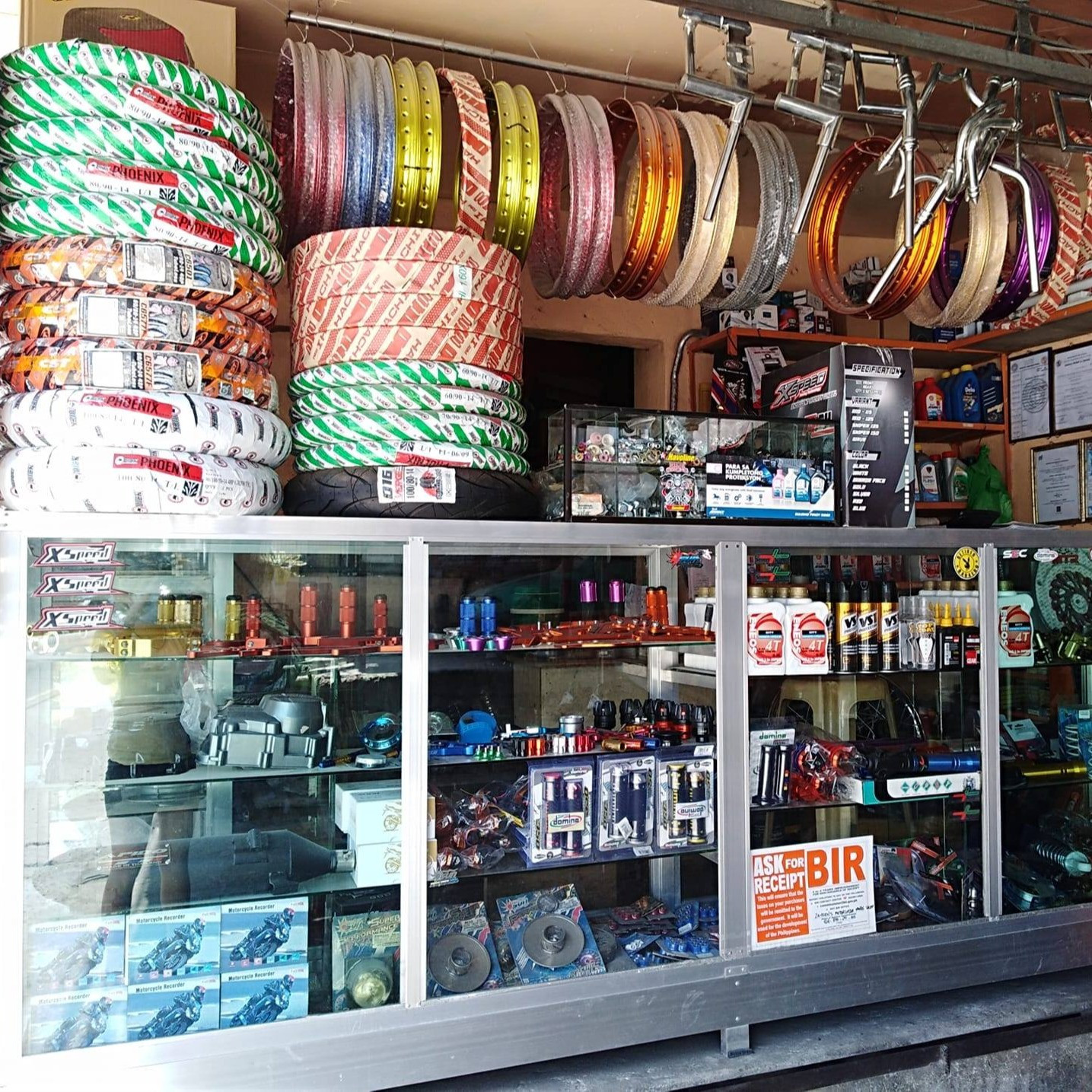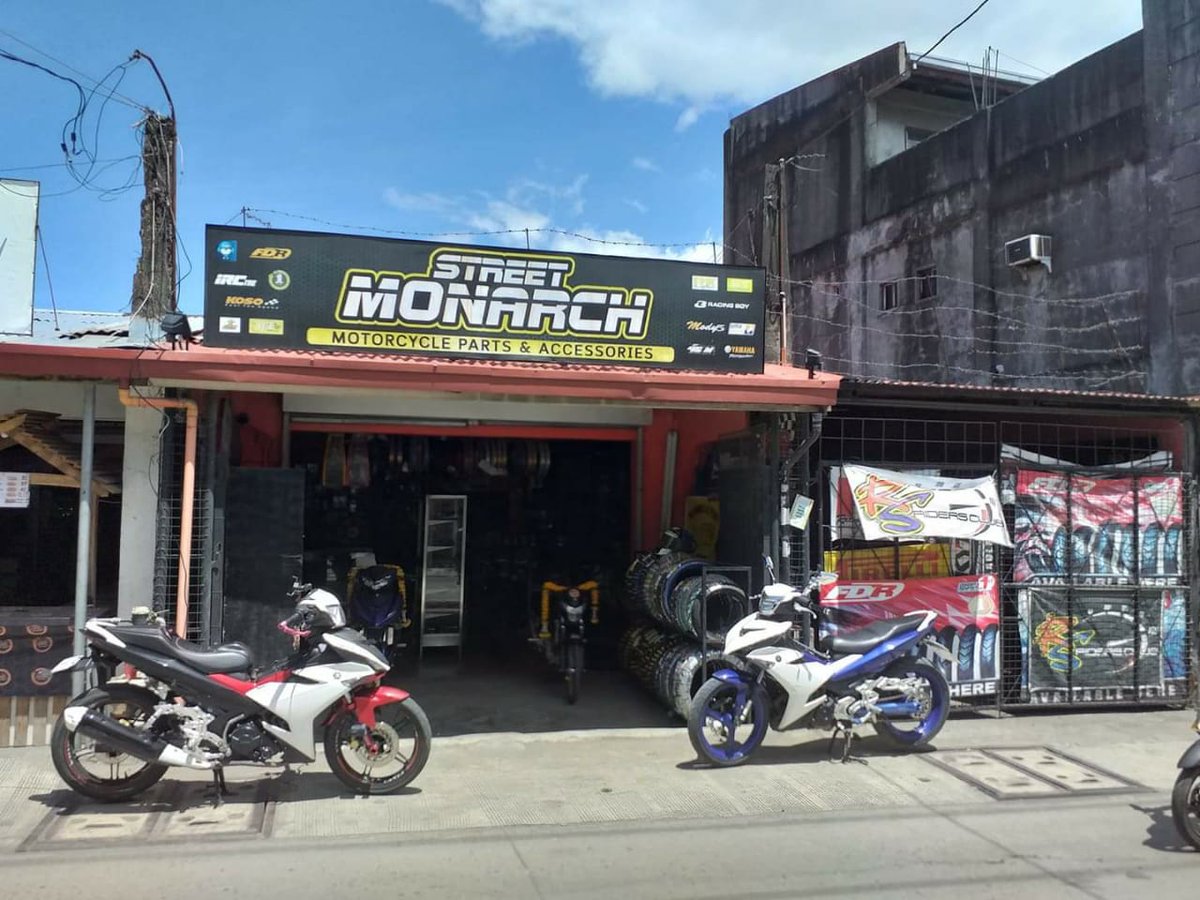Understanding the Necessary Parts of a Bike: A Comprehensive Overview for Lovers
For bike fanatics looking to boost their riding experience and guarantee their bikes run smoothly, understanding the essential elements of a motorbike is vital. Each component, from the engine's intricate workings to the important function of the braking devices, not only affects efficiency yet also safety and security and comfort.
Engine Parts

The camshaft plays an important duty in managing the timing of the engine's shutoffs, guaranteeing the specific opening and closing required for effective fuel and air intake, along with exhaust expulsion. This timing is crucial to keeping optimum engine efficiency and effectiveness. Furthermore, the carburetor or fuel injection system, depending on the bike design, is liable for mixing air with gas in the proper proportion for combustion.
The cooling system, either air or liquid-based, works to keep the engine's temperature level within functional restrictions, avoiding getting too hot and making certain durability - mx parts nz. Each component, thoroughly designed and integrated, adds to the seamless procedure of the engine, defining the bike's power output and total efficiency
Transmission System
Essential to the motorbike's functionality, the transmission system makes certain effective power transfer from the engine to the wheels. This system consists of several vital elements, consisting of the clutch, transmission, and last drive, each playing a vital duty in equating the engine's power into movement. The clutch, usually operated by a hand bar, offers to disengage the engine and involve from the transmission, permitting for smooth equipment modifications and controlled acceleration.
The transmission, usually described as the transmission correct, contains a set of gears that bikers can manually move with to change the bike's speed and torque outcome. These gears are organized in a series that enables the bike to accelerate smoothly and keep optimal engine efficiency across various speeds. A lot of bikes use a consecutive transmission, requiring the rider to shift equipments in a predetermined order.
Braking Mechanisms
While comprehending the transmission system is crucial to harnessing a motorbike's power, similarly crucial is the ability to control and stop that power successfully, which is where stopping mechanisms come right into play. Brakes are critical for security and performance, offering the cyclist with the required control to navigate different terrains and problems. Typically, motorcycles include 2 kinds of braking systems: disc brakes and drum brakes.
Disc brakes are more prevalent in contemporary motorbikes due to their premium performance. They contain a brake disc, caliper, and pads. When triggered, the caliper presses the brake pads versus the spinning disc, transforming kinetic power right into warmth, consequently reducing the wheel. This system supplies better warm dissipation, constant efficiency, and enhanced stopping power, especially in damp conditions.
Conversely, drum brakes, though less common, are still found in some motorcycles. They work by pressing brake shoes versus the inner surface of a beanie helmet dot drum connected to the wheel. While normally less reliable in warm dissipation and stopping power, drum brakes are less complex and extra cost-efficient.
Recognizing these stopping systems' subtleties allows bikers to keep their motorcycles appropriately and value the design that makes certain effective and secure stopping.
Suspension and Steering
Suspension and steering systems are crucial components that dramatically affect a motorcycle's handling and adventure convenience. The suspension system, being composed of forks at the front and shock absorbers at the back, takes in road abnormalities, improving stability and control. Front forks, typically telescopic or upside down, compress and rebound to mitigate impacts, while back shock absorbers keep tire call with the roadway, crucial for traction and security.
Steering, centered around the handlebars, attaches the motorcyclist to the motorbike's directional control. The guiding head bearings make sure smooth operation, enabling accurate maneuverability. Appropriate alignment and upkeep of these bearings are vital for foreseeable guiding action and reducing cyclist fatigue.
The suspension's adjustability is one more essential facet; preload, damping, and rebound setups permit personalization to fit different riding designs and conditions. This versatility is essential for optimizing efficiency, whether navigating city roads or dealing with rugged routes. Developments like digital shock absorber provide real-time adjustments, improving trip quality throughout varied terrains.

Electric Systems
After guaranteeing a smooth and regulated trip with efficient suspension and steering systems, attention transforms to the electrical systems, an essential element of contemporary bikes. These systems play a crucial role not only in starting the engine yet likewise in powering numerous parts that enhance the content capability and safety and security of the bike.
At the heart of a motorbike's electrical system is the battery, which stores electrical energy essential for beginning the engine and powering supporting systems - mx parts nz. The alternator or generator, coupled with the rectifier-regulator, makes sure the battery continues to be billed while the bike is in procedure, converting power right into electrical power and preserving voltage levels
The ignition system, another important element, is in charge of sparking the air-fuel blend in the engine's cyndrical tubes. Modern bikes usually use an electronic ignition system, supplying greater performance and dependability contrasted to standard systems.
Illumination systems, consisting of fronts lights, tail lights, and indications, are also vital, making certain presence and security for the cyclist. Additional electronic elements such as sensing units, control devices, and presents add to sophisticated features like gas shot monitoring, anti-lock braking systems (ABDOMINAL), and electronic control panels, even more boosting the riding experience.
Final Thought
An extensive comprehension of a bike's crucial parts, including the engine, transmission system, braking mechanisms, suspension, guiding, and electrical systems, is essential for enthusiasts intending to optimize efficiency, convenience, and safety. Mastery of these components enables informed decisions concerning read this post here upkeep and upgrades, eventually improving the riding experience. By incorporating this knowledge, bikers can ensure their bikes run at peak performance and dependability, thus making best use of both pleasure and durability of their automobiles.
For bike fanatics looking to raise their riding experience and ensure their bikes run efficiently, comprehending the important parts of a motorbike is critical.Essential to the bike's performance, the transmission system makes certain efficient power transfer from the engine to the wheels.While comprehending the transmission system is essential to utilizing a motorcycle's power, similarly crucial is the capability to control and stop that power properly, which is where braking devices come right into play. Generally, motorbikes feature 2 types of stopping systems: disc brakes and drum brakes.
An extensive understanding of a bike's crucial elements, including the engine, transmission system, stopping devices, suspension, steering, and electrical systems, is vital for enthusiasts aiming to enhance convenience, safety and security, and efficiency.
Comments on “Explore the most up to date Motocross Gear NZ for each Degree of Rider”